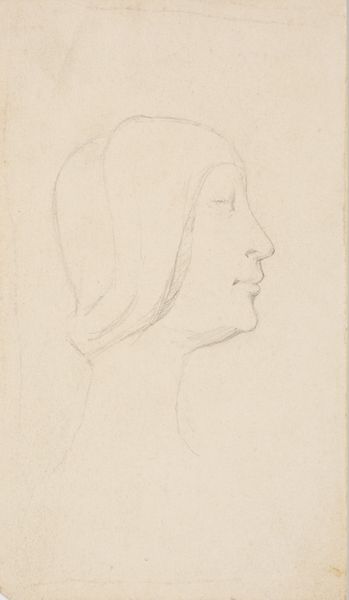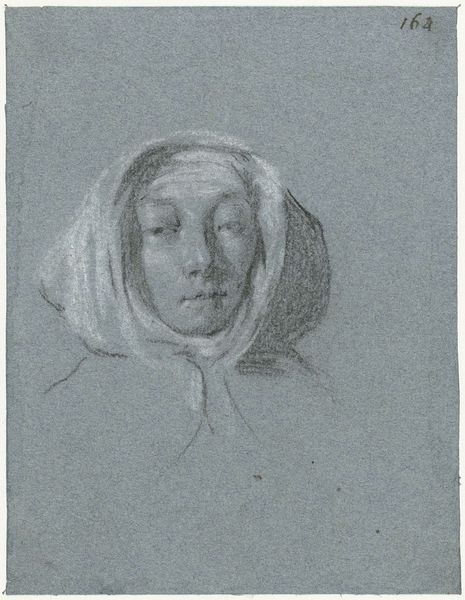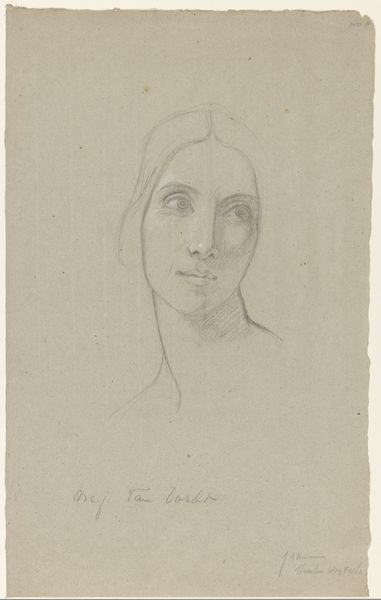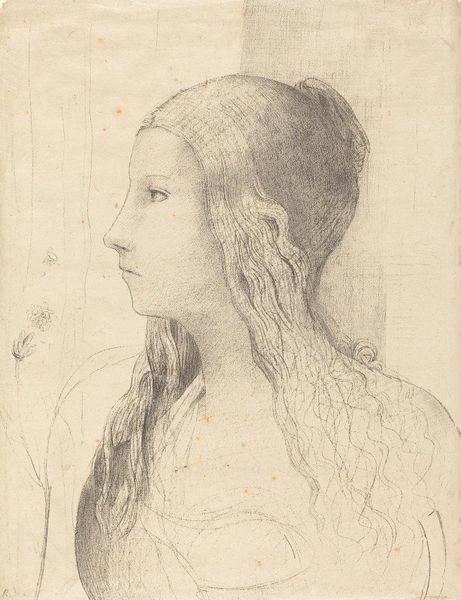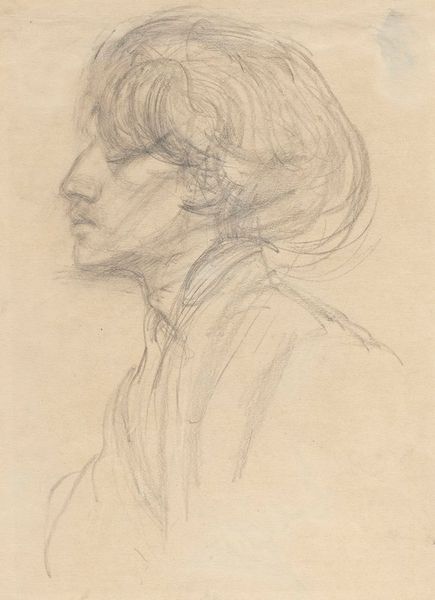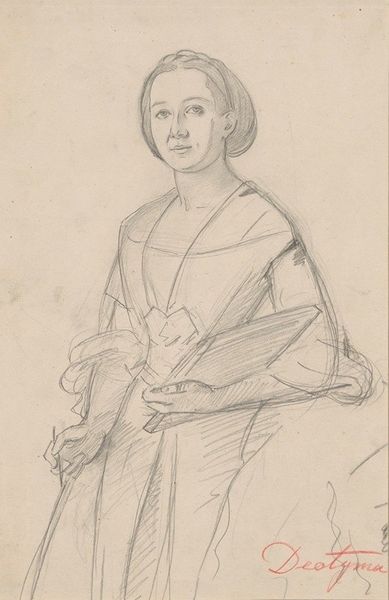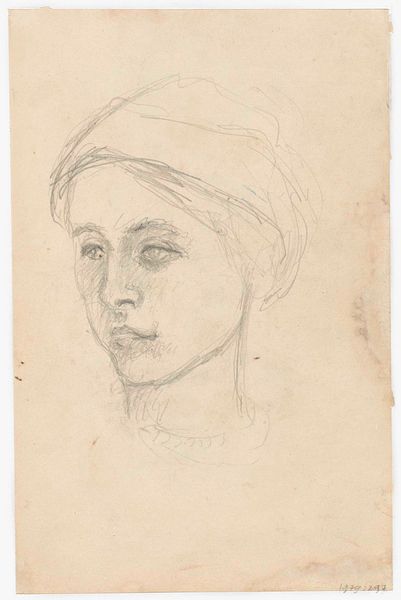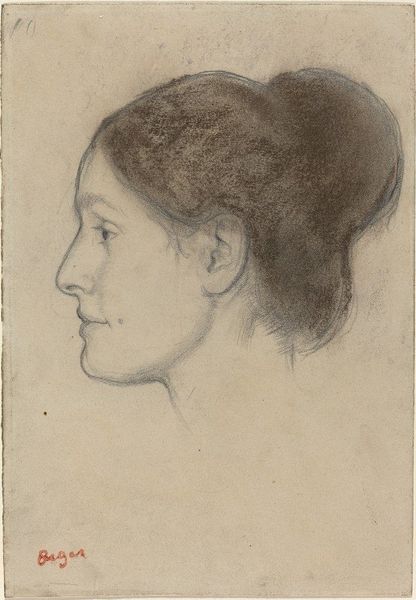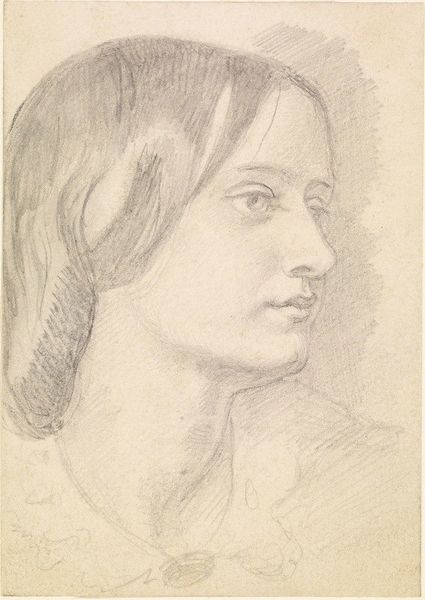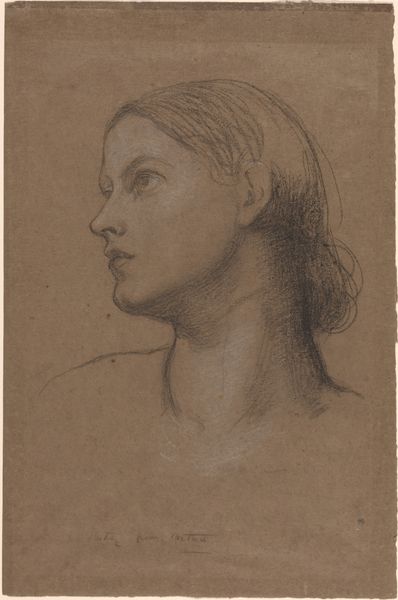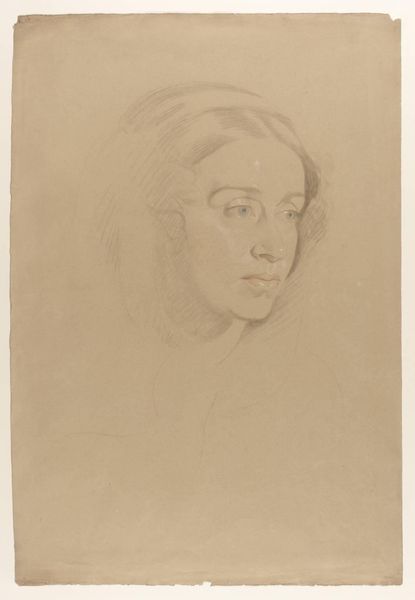
Studie efter Francesco Lauranas buste af Eleonora d’Aragona i museet i Palermo. En face 1893 - 1895
0:00
0:00
drawing, pencil
#
portrait
#
pencil drawn
#
drawing
#
pencil
#
portrait drawing
#
academic-art
#
realism
Copyright: Public Domain: Artvee
Curator: We're looking at L.A. Ring’s “Studie efter Francesco Lauranas buste af Eleonora d’Aragona i museet i Palermo. En face,” created between 1893 and 1895, a pencil drawing on paper. Editor: It’s remarkably delicate. There's a softness to the shading that evokes a sense of quiet contemplation. It feels like the subject is almost emerging from the paper itself. Curator: Indeed, the drawing technique showcases Ring's command of line and tone to create depth and form. The subtle hatching captures the nuances of light on the face. One cannot ignore its academic roots with the rigorous study of classical sculpture as a model. Editor: It makes me consider the politics of representation inherent in replicating this particular bust. Eleonora d'Aragona was, after all, a powerful woman within the Neapolitan court. Does Ring’s study serve to reiterate or challenge that power by presenting her through a late 19th-century gaze? Curator: Interesting observation. The act of copying from an established masterpiece underscores a focus on formal concerns like capturing classical ideals of beauty and proportion. He doesn't seem to be interested in imbuing her with contemporary symbolism. Editor: Perhaps. However, consider the artist's own socio-political positioning as a Danish artist looking towards the Italian Renaissance. This isn't a neutral act. By reproducing her likeness, he is placing her—and implicitly, ideas of female power—within his own cultural context. There is the very fact that he is making it a drawing—it takes away from her power, turning it into art in itself. Curator: Well, from my perspective, such ideas may lie beyond the inherent artistic concerns of the piece. The work focuses on rendering a sculptural form through a specific medium with particular techniques. Editor: It's tough to separate any artist’s actions from such historical consciousness. It reminds us that even academic exercises participate in shaping cultural narratives. Curator: Thank you for broadening our understanding! Editor: The pleasure's all mine.
Comments
No comments
Be the first to comment and join the conversation on the ultimate creative platform.
